Regulatory Support and Incentives
The Biogas Upgrading Market benefits significantly from regulatory support and incentives provided by various governments. Policies aimed at promoting renewable energy sources have led to the establishment of favorable frameworks for biogas production and upgrading. For example, many countries have implemented feed-in tariffs and renewable energy certificates that incentivize the use of upgraded biogas. According to recent data, regions with strong regulatory frameworks have seen a 30% increase in biogas upgrading projects. This supportive environment not only encourages investment but also fosters innovation within the Biogas Upgrading Market. As regulations continue to evolve, they are likely to further stimulate market growth by ensuring that biogas upgrading remains a viable and attractive option for energy production.
Growing Demand for Renewable Energy
The increasing The Biogas Upgrading Industry. As nations strive to meet their climate goals and reduce greenhouse gas emissions, the shift towards sustainable energy solutions has become imperative. Biogas, as a renewable energy source, plays a crucial role in this transition. Recent statistics indicate that the demand for biogas has risen by approximately 25% over the past few years, driven by its potential to replace fossil fuels. This growing interest in renewable energy not only enhances the visibility of the Biogas Upgrading Market but also encourages investments in upgrading technologies. Consequently, the market is poised for substantial growth as more stakeholders recognize the benefits of utilizing upgraded biogas in various applications, including transportation and electricity generation.
Investment Opportunities and Market Growth
The Biogas Upgrading Market is currently experiencing a wave of investment opportunities, driven by the increasing recognition of biogas as a viable energy source. Investors are showing interest in biogas upgrading technologies due to their potential for high returns and sustainability. Recent analyses indicate that the market is projected to grow at a compound annual growth rate of over 10% in the coming years. This growth is attributed to the rising demand for clean energy and the need for waste management solutions. As more companies enter the market, competition is likely to foster innovation and drive down costs, making biogas upgrading more accessible. Consequently, the influx of investment is expected to enhance the overall landscape of the Biogas Upgrading Market, paving the way for new technologies and applications.
Rising Awareness of Environmental Benefits
The Biogas Upgrading Market is witnessing a heightened awareness of the environmental benefits associated with biogas utilization. As climate change concerns intensify, stakeholders are increasingly recognizing the role of biogas in reducing carbon footprints. Upgraded biogas, which is primarily composed of methane, can significantly lower greenhouse gas emissions when used as a substitute for fossil fuels. Studies suggest that utilizing biogas can reduce emissions by up to 80% compared to traditional energy sources. This growing environmental consciousness is likely to drive demand for biogas upgrading solutions, as businesses and governments seek to adopt cleaner energy alternatives. The emphasis on sustainability is expected to propel the Biogas Upgrading Market forward, as more entities commit to reducing their environmental impact.
Technological Advancements in Biogas Upgrading
The Biogas Upgrading Market is experiencing a surge in technological advancements that enhance the efficiency and effectiveness of biogas purification processes. Innovations such as membrane separation, pressure swing adsorption, and chemical absorption are becoming increasingly prevalent. These technologies not only improve the quality of upgraded biogas but also reduce operational costs. For instance, the integration of advanced membrane technologies has been shown to increase methane recovery rates by up to 90%. As these technologies evolve, they are likely to attract investments, thereby fostering growth within the Biogas Upgrading Market. Furthermore, the development of automated systems for monitoring and controlling biogas upgrading processes is expected to streamline operations, making them more cost-effective and reliable.


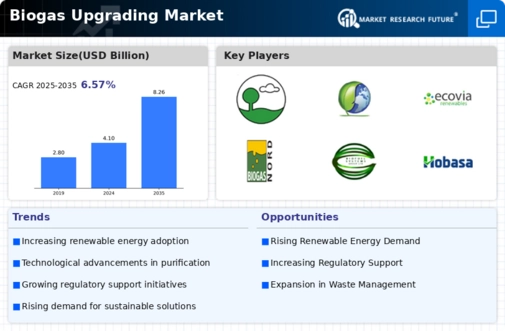
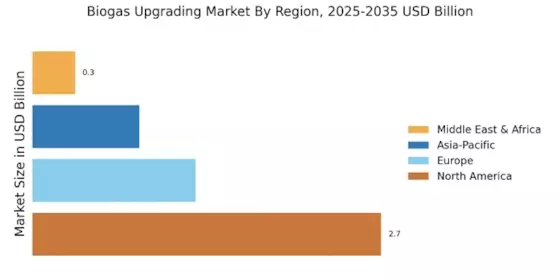


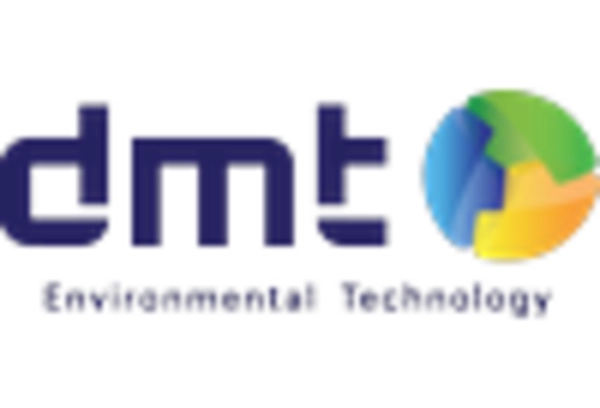
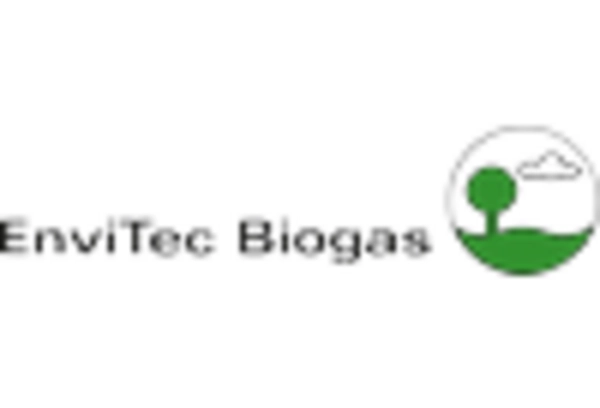

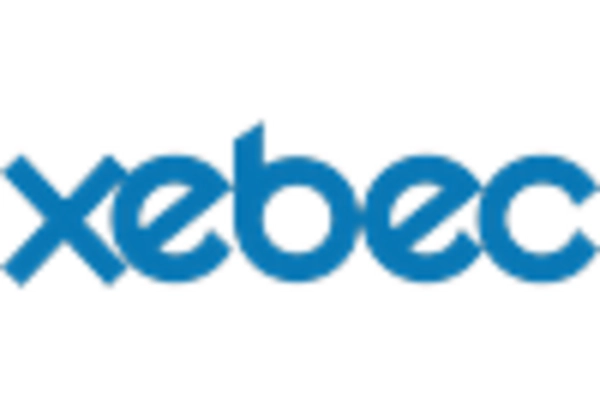








Leave a Comment